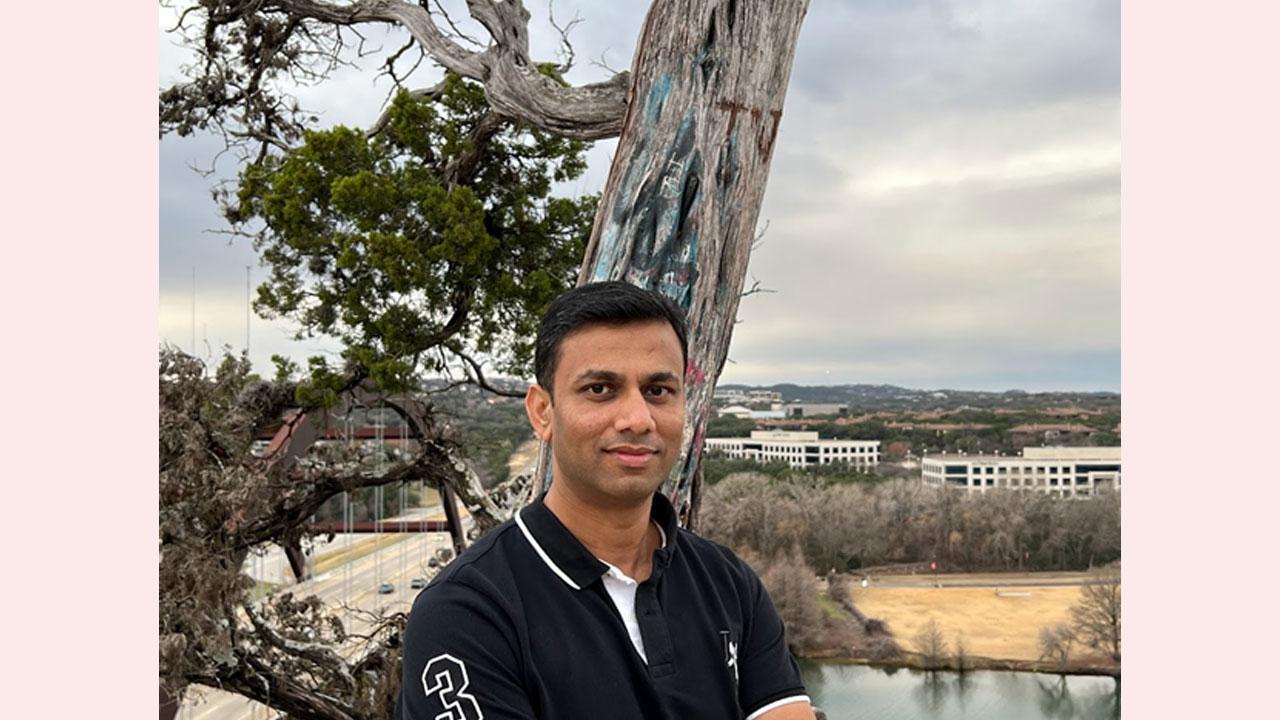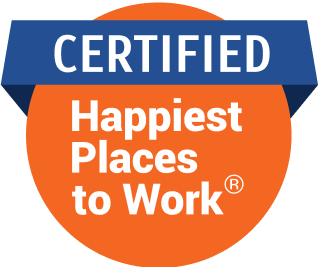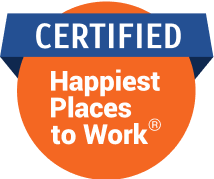Anand sees tremendous potential in the continued integration of cloud-native platforms and AI-driven decision-making tools in public services.

Anand Mhatre
The healthcare and human services technology sector is undergoing a pivotal transformation as governments increasingly prioritize modernization to improve service delivery and citizen experience. With legacy systems being phased out in favor of advanced digital platforms, the need for seamless collaboration among state agencies, federal regulators, and private technology providers has never been greater. Large-scale initiatives in areas such as Medicaid modernization and benefits management are redefining public service capabilities, requiring meticulous planning, stakeholder alignment, and agile execution.
Among the professionals driving this change is Anand Mhatre, a seasoned leader with extensive experience in managing complex, multi-stakeholder projects. Having spearheaded initiatives with portfolios exceeding $10 million annually, he has played a crucial role in projects aimed at streamlining healthcare services and benefits administration. His efforts have included leading the modernization and the development of user-centric citizen portals for states like Oklahoma and Ohio. Reflecting on his approach, he says, “Collaboration is the cornerstone of successful public service technology, when stakeholders feel heard, progress becomes inevitable.”
Through strategic alignment and clear communication frameworks, Anand has significantly improved project outcomes. His proactive stakeholder engagement strategies increased project success rates by 25% and reduced decision-making timelines by 30%, fostering faster implementation of critical solutions. In addition to these achievements, he delivered over 20% in cost savings by minimizing scope creep and ensuring that diverse stakeholder priorities were consistently aligned. His leadership resulted in the successful implementation of Amazon Connect, which enhanced customer service efficiency while maintaining operational continuity.
The challenges Anand encountered in these roles were multifaceted, often involving the coordination of technical and non-technical stakeholders with differing objectives. One such challenge was ensuring regulatory compliance during Medicaid modernization efforts. By engaging early and frequently with both federal and state compliance bodies, he successfully navigated stringent regulatory requirements, ensuring that projects met legal standards without delays. “Understanding the regulatory landscape is as important as the technical solution itself. It’s about finding that balance between innovation and compliance,” he explains.
Another key challenge was managing diverse content types and ensuring that modernization efforts met the unique needs of various user groups. Anand introduced tailored communication frameworks that bridged the gap between developers and policymakers. His ability to translate technical complexities into actionable insights for decision-makers resulted in smoother collaborations and timely project completions. He notes, “Every stakeholder has a different perspective, and the job of a leader is to find common ground and build from there.”
By implementing innovative conflict resolution strategies, he reduced project delays by 15%, ensuring that modernization efforts were delivered on time and within budget. His efforts to refine workflows and enhance communication also led to a 30% increase in operational efficiency across multiple state projects. His leadership ensured that the newly developed platform provided a seamless user experience for both citizens and caseworkers, improving access to Medicaid services and case management.
Looking toward the future, Anand sees tremendous potential in the continued integration of cloud-native platforms and AI-driven decision-making tools in public services. He believes that the next wave of advancements will focus on real-time responsiveness and adaptive service delivery. “As the demand for faster, more personalized public services grows, investing in scalable, cloud-based solutions will be key. We’re only beginning to scratch the surface of what’s possible with modern technology in this space,” he suggests.
Anand’s insights are drawn from years of hands-on experience in leading projects that drive improvements in public service. His work on citizen benefits portals, contact center modernization, and system enhancements reflects a commitment to innovation and user-centered design. By fostering collaboration among diverse stakeholders, he has not only contributed to current advancements but also helped set the direction for future developments in healthcare and human services technology.
 Subscribe today by clicking the link and stay updated with the latest news!" Click here!
Subscribe today by clicking the link and stay updated with the latest news!" Click here!








